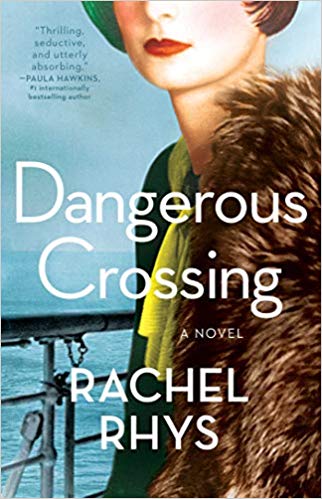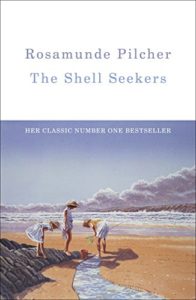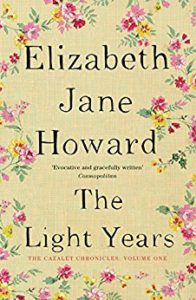When I started writing The Light Over London, I wanted to tell stories I hadn’t seen before. I discovered that there’s a rich tradition of books set on the home front—no matter where that might be. Here are seven historical novels to add to your reading list.
City of Girls by Elizabeth Gilbert
The first thing you should know about City of Girls is that it’s a blast to read. This is due in large part to Vivian Morris, the narrator, who takes you through her debaucherous younger years in New York City’s theater world. Then the United States enters World War II, and she’s forced to grow up quickly. The story becomes more complex, a little tragic, but also wonderfully touching.
The Nightingale by Kristin Hannah
Set in France during the war, this book tells the story of Vianne and Isabelle, two sisters who find themselves handling the German invasion of France in very different ways. Hannah’s writing is sometimes lyrical and she uses some beautiful turns of phrase to describe the sometimes impossible decisions the two women are faced with.
The Shell Seekers by Rosamunde Pilcher
My love for this book is pretty well documented at this point, but I can’t mention World War II fiction without bringing it up again. The Shell Seekers is ostensibly about a woman named Penelope Keeling and her mostly horrible children who are trying to convince her to sell her late father’s painting, which is also called The Shell Seekers. However, it’s much more than that with a narrative that weaves through several time periods—including Penelope’s time in the WRNS during World War II. For Pilcher aficionados, Noel from The Shell Seekers gets something of a redemption tour during September, but I’ll leave you to decide whether he’s really earned it or not.
A Dangerous Crossing by Rachel Rhys
The war is a creeping threat in this book, set on an ocean liner bound for Australia on the eve of the German invasion of Poland. The main character, Lily, becomes fixated with a young man who is sailing with her. But the claustrophobia of the ship begins to take hold and bad thing happen the longer they’re out at sea.
The Cazalet Chronicles by Elizabeth Jane Howard
I read the entire five-book Cazalet series between 2017 and 2019, and I would happily do it all over again. The books span the interwar period through to post-war austerity, but the war-time years are really the pivot point of the narrative, highlighting the way the war hurries along the slow descent of one very privileged family.
After the Party by Cressida Connolly
This book starts out like a domestic novel about the county set but quickly twists in ways that—if you don’t know the context of the story—will feel shocking. After the Party is immaculately researched and beautifully written.
The Alice Network by Kate Quinn
Does The Alice Network happen during World War II? No. Is that going to keep me from putting it on this list? No, because this dual timeline book takes place during World War I and right after World War II. This book stands out for me because Quinn beautifully portrays the danger and brutality of the women working as spies behind enemy lies in World War I.











